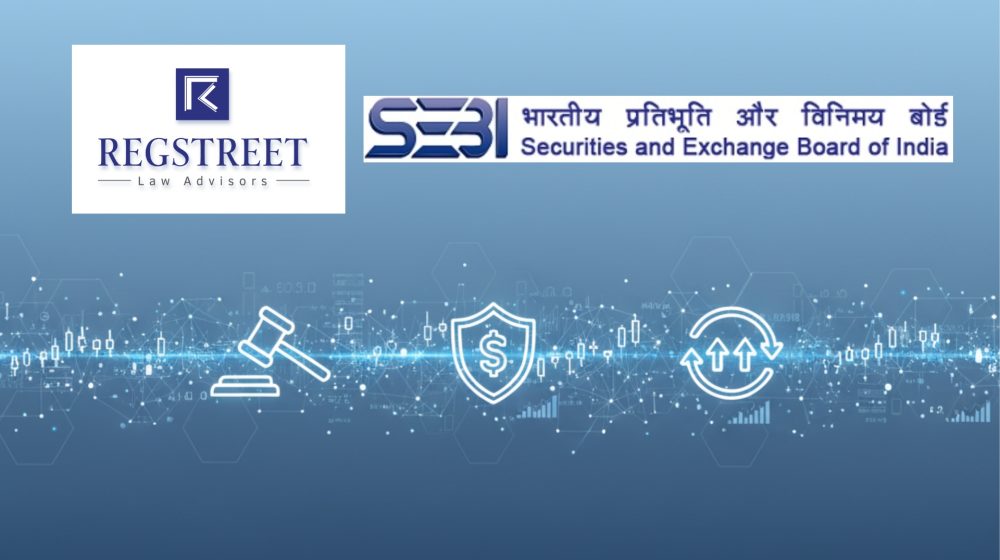The Securities and Exchange Board of India’s (SEBI) interim order against global trading firm Jane Street for alleged market manipulation has set the stage for a high-stakes legal battle, with experts saying the case against the firm appeared strong, and while partial relief from the Securities Appellate Tribunal (SAT) may be possible, a full overturn of the charges is unlikely.
“Jane Street may approach SAT, but getting full relief will be dicey given the volume of evidence and public interest involved. These trades continued even after exchange-level alerts, strengthening SEBI’s charge of intentional manipulation, not mere strategy,” said Alay Razvi, managing partner at Accord Juris.
The regulator alleged that Jane Street engaged in “non-neutral” trading aimed at influencing expiry prices of the Bank Nifty index. These continued even after the NSE issued a caution letter–which might add a point to SEBI’s charge of deliberate manipulation through aggressive trades.
Proving intent
The legal outcome now rests on whether the firm’s trades crossed the line into manipulation or simply exploited regulatory grey areas in a high-speed trading environment. Past SAT rulings have required more than unusual trading patterns; deception or creation of artificial prices must be clearly shown.
“Profitable or aggressive trading, even if impactful, isn’t unlawful unless it involves deception or artificial pricing,” said Sumit Agrawal, managing partner at Regstreet Law Advisors and former SEBI officer. “While the order is factually dense, the core legal challenge will be proving manipulative intent.”
Kunal Sharma, managing partner at Taraksh Lawyers & Consultants, said that the order relies on trading patterns rather than direct evidence such as communication or coordinated conduct. “This raises concerns whether SEBI is setting a precedent where trading efficiency could be treated as fraud, absent a clear scheme or suppression of information,” he said.
If SAT upholds SEBI’s action, the matter is likely to move to the Supreme Court under Section 15Z of the SEBI Act, especially if questions are raised regarding the interpretation of what constitutes ‘manipulative’ conduct in an automated market, said Tushar Kumar, advocate at the Supreme Court of India. “The apex court does not entertain appeals on pure questions of fact and would only intervene if it finds that the case raises substantial questions impacting the uniform application of securities law or regulatory policy,” Kumar said.
Systemic risks
The final ruling could influence how Indian markets regulate algorithmic and expiry-day trading. It sheds light on the potential for a single firm to impact benchmark indices, and raises concerns over the effectiveness of current surveillance systems.
“This exposes a serious regulatory blind spot, the ability of sophisticated algorithmic firms to leverage fragmented surveillance frameworks across FPIs and domestic arms,” said Amit Tungare, managing partner at Asahi Legal. “This raises concerns about the current real-time surveillance mechanisms, cross-entity audits and regulatory lag in detecting coordinated activity.”
Agrawal said that the scale and timing of profits flagged in the order indicate a need to revisit safeguards for time-sensitive trading. However, the regulator plans to strengthen the system through surveillance rather than strict regulations.
The ban on Jane Street may affect short-term volumes in the options market, but retail and domestic participation could fill the gap in a fairer trading environment, said Nirali Mehta, partner at Mindspright Legal.


